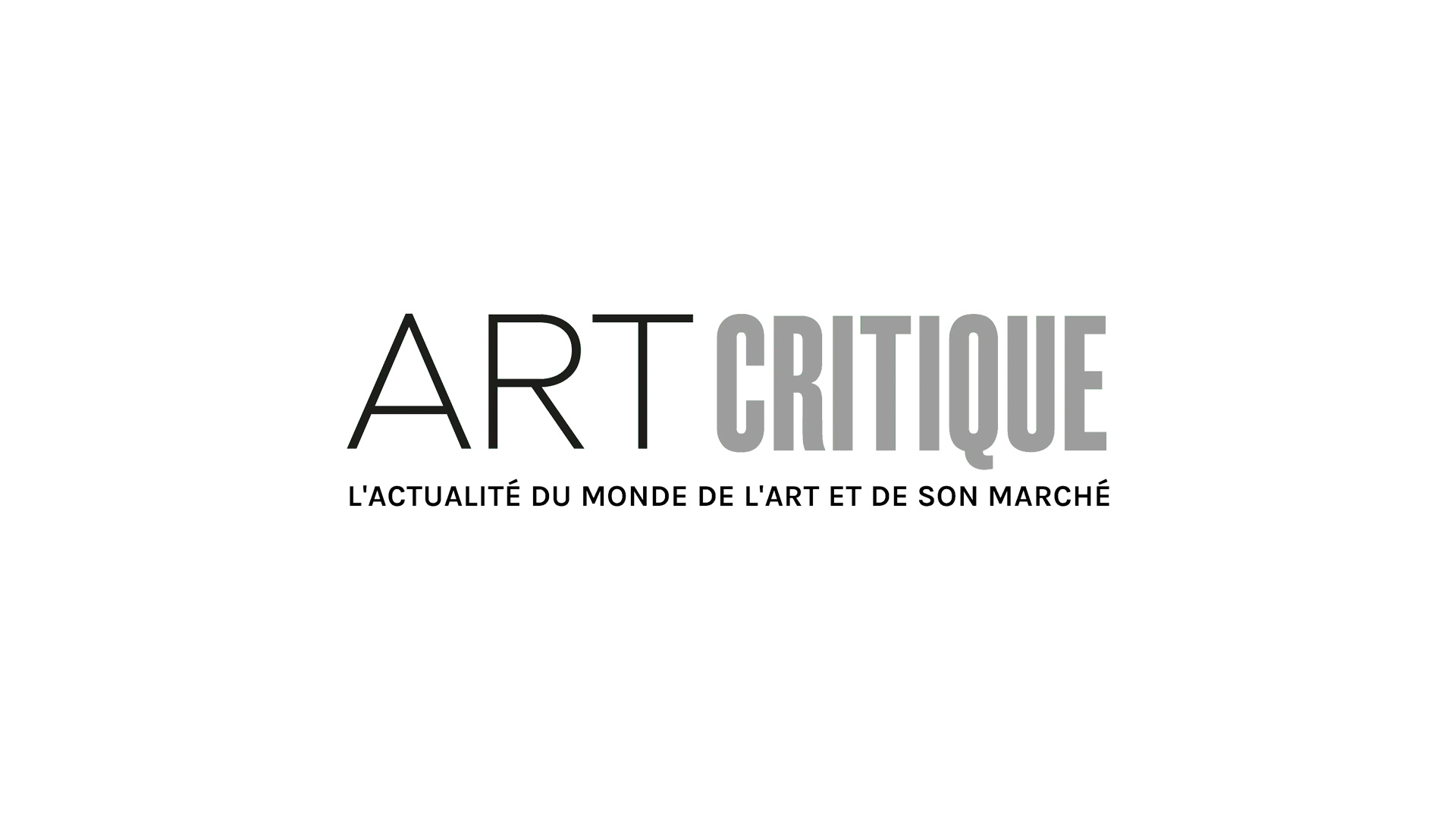Being self-made is among the highest honours in American culture; it’s one of the cornerstones of what Americans, at least historically, have strived for right alongside the “American Dream.” It’s also a notion long associated with the American painter Edward Hopper, whose early works created as a teenager are often seen as the work of a prodigy. A discovery by a graduate student at London’s Courtauld Institute, though, may change the discourse of the storied Nighthawks painter.
“The only real influence I’ve ever had was myself,” Hopper once said, but Louis Shadwick, a 30-year-old Ph.D. candidate, has found that might be a bit of a fabrication. Earlier in the summer, Shadwick was searching the internet and had what he dubbed his “eureka moment” when he stumbled across an 1880s painting by Bruce Crane published, with how-to instructions, in an 1890 edition of The Art Interchange. Crane’s painting was a near match to Hopper’s c. 1897 painting called Old Ice Pond at Nyack. It was the first of a few discoveries Shadwick would make proving that like so many artists, Hopper got his start as a teen by copying the works of other artists.
In addition to Hopper’s copy of Crane’s work, Shadwick found that an 1880s work by Edward Moran, called A Marine, matched Hopper’s Ships (c. 1898), and Hoppers Church and Landscape, painted around the same time at Ships, to heavily resemble a Victorian painting. Long-thought to be interpretations of Hopper’s childhood hometown of Nyack, New York, Shadwick’s findings have shown otherwise.
The discovery is part of Shadwick’s in-depth look at “the things [Hopper] was seeing, the things he was reading, the newspapers his family received, the journals,” he told the New York Times, to better understand the American painter, and add context to his oeuvre. Shadwick’s discoveries about the truth behind some of Hopper’s early oil paintings, a medium he wouldn’t fully develop until his time in art school, are published for peer-review in the October edition of Burlington Magazine
Shadwick’s intent isn’t to unravel the makings of the self-made artist, an icon of what it is to be American, but to dissect and develop an understanding of the “Americanness” ingrained in Hopper’s works and the self-made image of himself that Hopper propagated.
Carter Foster, a Hopper expert and deputy director of the Blanton Museum in Austin, told NYT that the discovery didn’t come as a surprise since many artists of Hopper’s era began by copying. Whitney Museum curator of drawings and prints, Kim Conaty, though, sees Shadwick’s news as more critical. Shadwick’s discovery “cuts straight through the widely held perception of Hopper as an American original,” Conaty told NYT. She continued saying that Shadwick’s work could put “a pin in a much broader argument about how to look at Hopper.”
Although Shadwick’s work hasn’t tarnished his thoughts on or love for Hopper’s work, it has the potential to change the landscape for the artist’s works moving forward, for better or worse. Old Ice Pond at Nyack, for example, is currently up for sale at a gallery with a $375,000 estimate, and Shadwick’s publication may well affect that. In 2018, Hopper’s Chop Suey (1929) became his highest selling work by the painter when it sold at Christie’s for $91.9 million.







